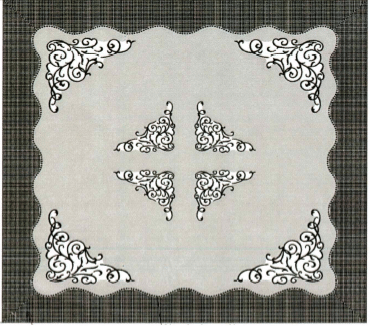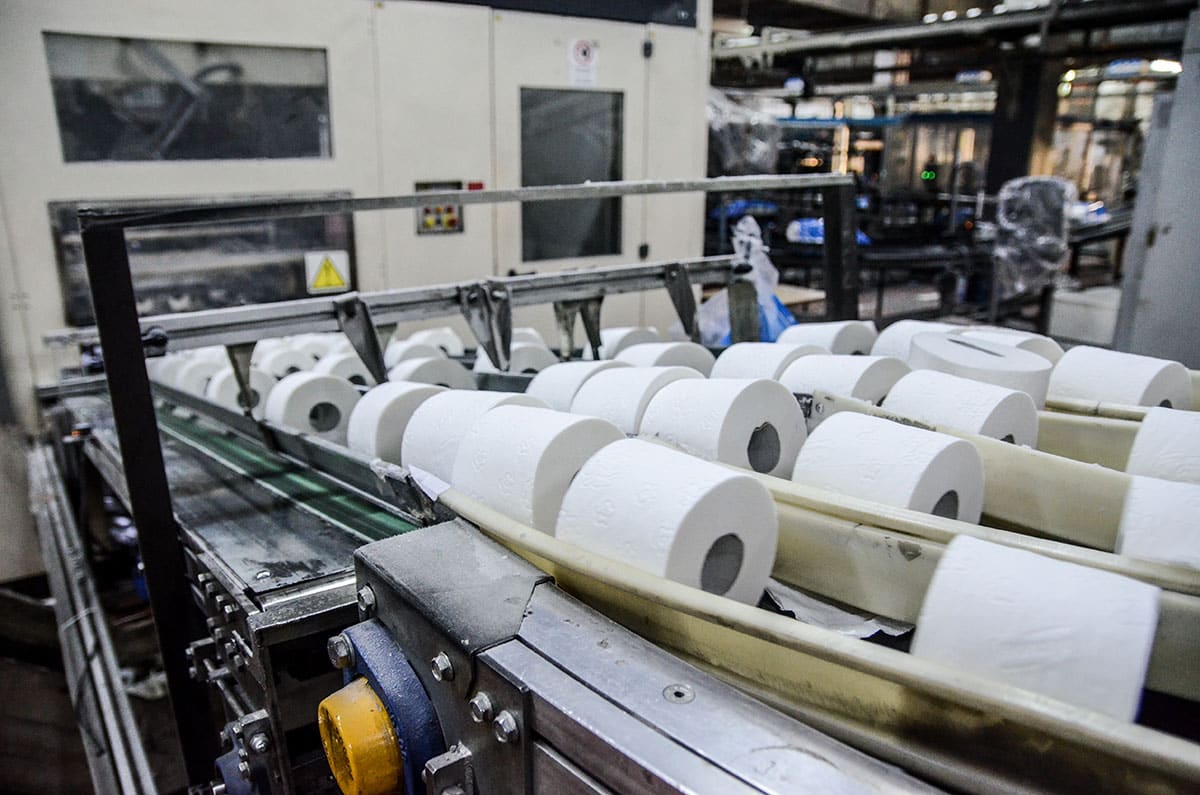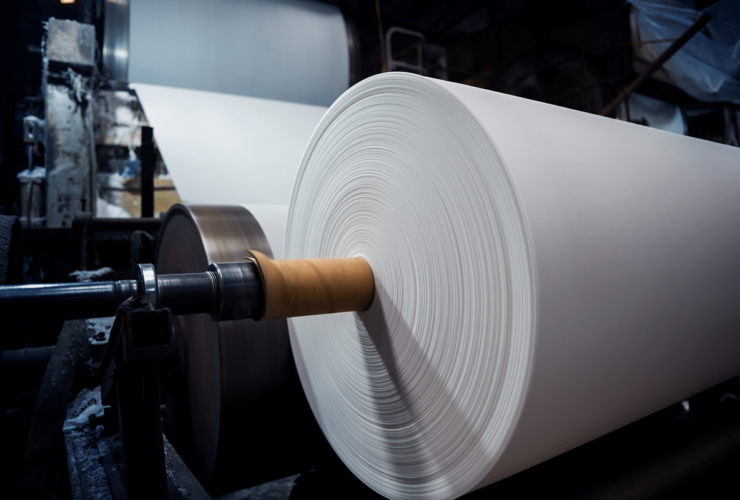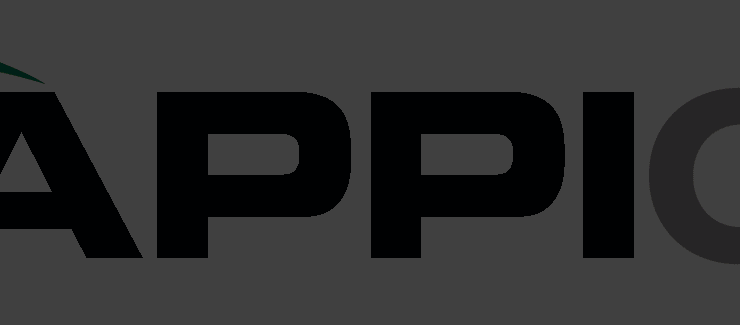It is late at night, and you have been fighting a challenge on several converting lines where the sheets just will not bond together. Scratching your head, you ask yourself, what is different now?
Having specified installed hundreds of sets of embossing rolls over the years – from the first set of a nationally recognized two-ply towel rubber-to-steel pattern in the early 1980s to dozens of matched steel-to-steel patterns, to multi-ply paper-to-steel dinner napkins, to countless 1-ply McDonald’s style paper-to-steel embossing rolls – you learn what works and what doesn’t. With that as background, here is what this writer refers to as quick reference material to help troubleshoot plybonding issues.
This reviews typical plybonding issues in both multi-ply dinner napkins as well as in multi-ply bath tissue.
First, one might ask: Why compare multi-ply dinner napkin plybonding to bath tissue plybonding? Surprisingly, there are many similarities. While there are perhaps a dozen attributes that can affect plybonding, experience shows that about 80% of the issues fall into three basic categories:
- Not enough moisture in the sheet
- Mismatched web speeds
- Method of plybonding
Multi-Ply Dinner Napkins Plybonding
Not Enough Moisture in the Sheet
The number one issue observed over the years has been insufficient moisture in the sheet to provide good plybonding. In essence, you are looking to create a mechanical (hydrogen) bond between the sheets. (For reference, all paper machines rely on hydrogen bonds to hold the web together off every paper machine in the world.) To do so requires sufficient moisture in the base sheet and pressure from the embossing rolls to create that bond. Ideal moisture levels are in the 5% to 6% range. When reviewing this internally at your facility, make it a point to discuss altering the base sheet specifications for multi-ply napkins. The higher moisture content of the paper machine is critical to achieving adequate plybonding in converting.
Mismatched Web Speeds
This is a non-issue in practically all dinner napkin applications. Why? With multi-ply napkin webs, these are pre-plied before going into converting. That means no tension between the webs when embossed. In their relaxed state, the sheets are in equilibrium. Otherwise, they would attempt to pull or break any bond present to reach equilibrium.
Plybonding Method
For multi-ply dinner napkins, the best method is Paper-to-Steel embossing. Rubber-to-Steel embossing has been trialed, as has Steel-to-Steel but due to the much closer fit from the female paper roll to the male steel embossing roll, no other method even comes close. Further, multi-ply dinner napkins use coin-edge designs with close-knit patterns that crimp the entire outer edge. This provides the mechanical bond between plies. Some additional tips from C.G. Bretting Manufacturing Company:
- Paper Roll Durometer – If you are running a fresh paper roll and are experiencing plybonding issues, check that the paper roll is in the 80-85 Shore A durometer range.
- Threading – Another simple but important item to check is to verify that the web before and after the embossing station is properly threaded. For example, nip guard areas, spacer bars, tension rolls, and guarding are often mis-threaded.
- Consistent Nip Pressure – It is very important to maintain a constant nip pressure throughout the life of the paper roll; pulling shims or adjusting may be necessary when required.

Multi-Ply Bath Tissue Plybonding
Not Enough Moisture in the Sheet
Again, we need enough moisture to create a bond between the sheets. To achieve our desired handfeel levels, though, we typically have been driving moisture levels down. This provides lower tensile with higher stretch and better handfeel. Doing so though, hurts setting up a good bond between sheets when embossed. Current specs call for 2.5% to 4.5% moisture on Retail bath tissue brands.
Mismatched Web Speeds
This can be a significant issue, especially when running a line-shaft drive. If the webs are not driven in unison, the slight speed mismatch creates tension between the webs. When mismatched webs are embossed, the wound-in tension wants to pull apart any bond created to reach equilibrium.
Plybonding method
For multi-ply bath tissue, normal embossing methods are Rubber-To-Steel embossing. While Rubber-to Steel embossing creates bulk and embosses clarity it cannot bond due to low moisture and lack of mechanical crimping between plies. Why not run using Paper-to-Steel or Steel-to-Steel Embossing? Speed, run-in time, and costs are the answer. Typically, paper rolls max out at 700 ft/min vs. 2,500+ ft/min for Rubber-to-Steel, trim widths are limited to maybe 70″ face width, and the run in-time to press the paper roll into the steel roll would be at least 24-hours. Perforations provide “pinching” between the webs, which can provide some bonding. Still, it is considered a weak bond for most applications.
Plybonding Wheels
As a subset of plybonding methods, plybonding wheels came in vogue over 40 years ago to bond Jumbo Roll Bath Tissue and at the time P&G’s White Cloud together. As a rule, no one likes but tolerates plybonding wheels. Plybonding wheels create a crimping action that develops a mechanical bond between plies. P&G gave up on this method about 35 years ago and now uses glue or added moisture to laminate the plies together. What can be said in a few words to describe something meaningful here on plybonding wheels? Aside from needing a good plybonding pattern that does not pick up or pack paper dust and is well-maintained, equal PLI loading to each wheel is critical. Pattern choice and frequent review of the effectiveness of the plybonding wheels is important. Plybonding wheels are still used in Jumbo Roll Tissue applications.
Plybonding thru Glue Lamination
Like two-ply towel lamination, two – and – three-ply bath lamination has been the go-to technology in recent years. This requires the same lamination equipment found in two-ply towel lines to create a laminated bond between the two inner surfaces. Note that almost all the major converters have developed lamination units that use only water. This writer feels that this is a significant technological breakthrough that can now be found in practically all premium bath tissue products sold in North America. This equipment takes up valuable real estate, though, making it difficult to add to existing converting lines and pushing unwinds into aisles. These lamination-embosser sections add another eight to twelve feet of floor space over a traditional rubber-to-steel embossing stand.
Selection of an embossing pattern that minimizes contact points, precise control of the liquid applied, and the water (or glue) itself all become critically important components to enable this. Too many contact points, too much adhesion applied, or too high of a solids content, and the product becomes boardy and stiff. Too little lamination, and the product flies apart. It can be a tricky set-up, but if executed properly, this technology can provide significant bulk improvement, plybonding, and a soft outer texture that Retail customers prefer. This allows options such as reduced sheet count, lower basis weights, and softer outer plies of conventional paper with firm and larger roll diameters that can rival Thru-Air-Dried (TAD) products in the loft and lower sheet count, but certainly not in handfeel.
For challenges you are facing in your mill, feel free to contact us to discuss your application. Let Pulmac’s experienced professionals help troubleshoot and improve your bottom line.





